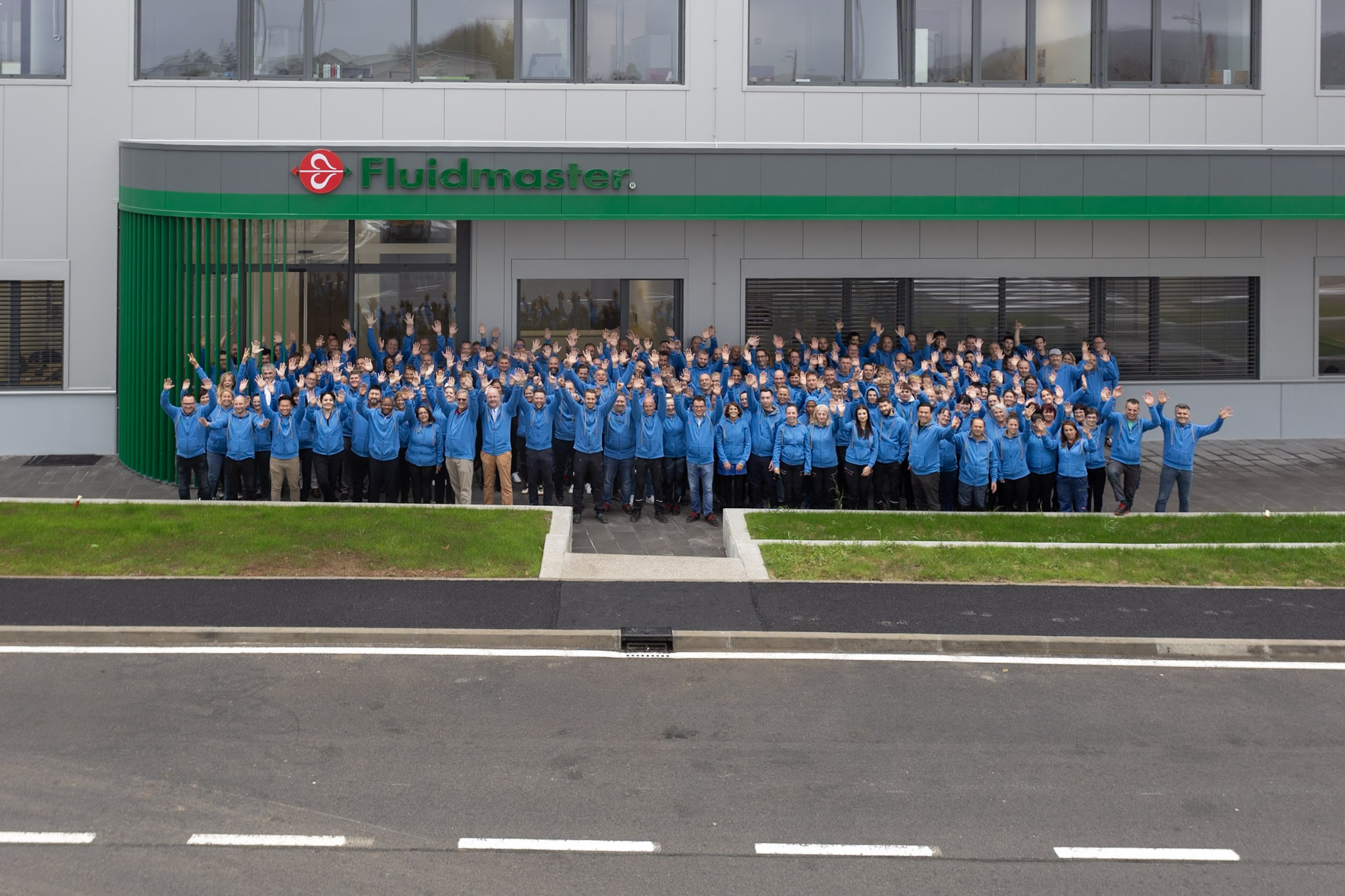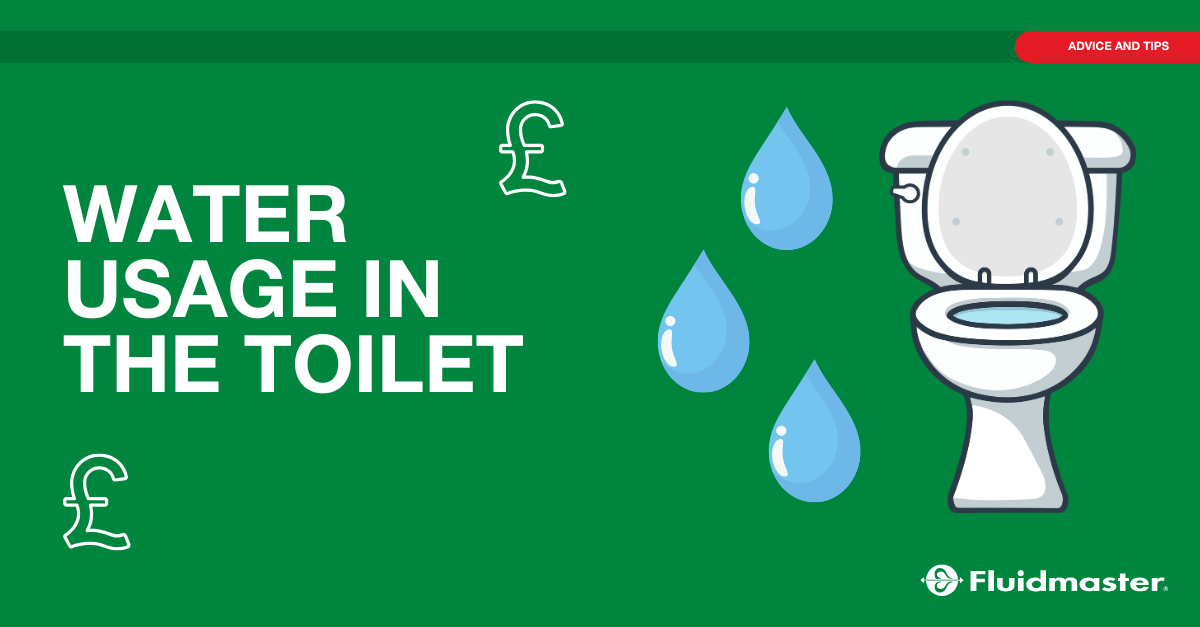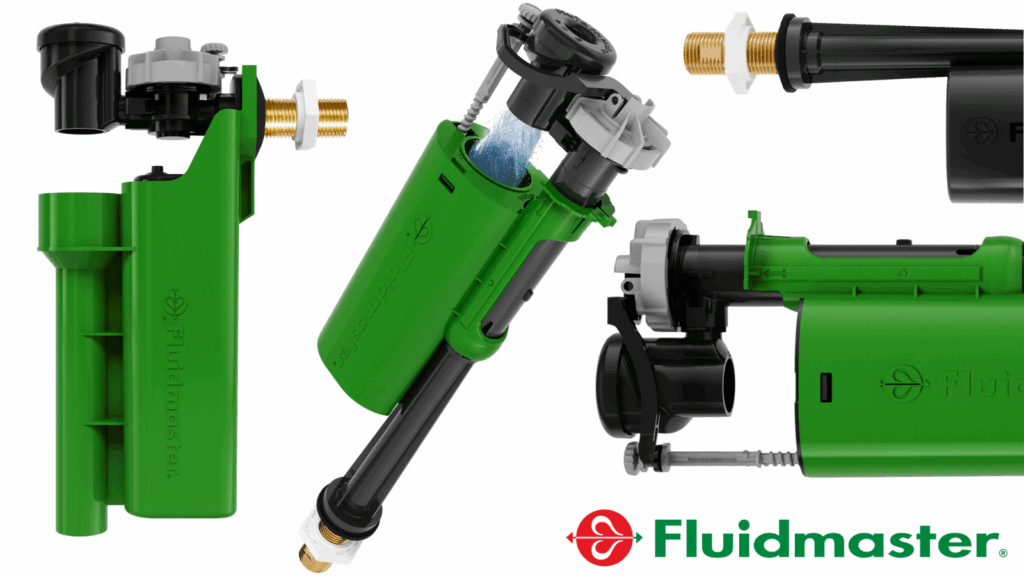
Fluidmaster Open New Facility in Prestranek
On Friday, October 24, 2025, Fluidmaster officially opened its...

When we think about saving water in the home, the toilet probably isn’t the first thing that comes to mind… But it should be! Toilets are one of the biggest water users in the home, and understanding how much they use (and how much they could be wasting) can help drive your water usage down.
Here we’ll break down how much water your toilet really uses, and what you can do to reduce waste, save money and protect the environment.
Toilets account for as much as 25-30% of indoor water use in a typical UK household. That adds up to more than showers, washing machines or even dishwashers.
However, not all toilets in the UK are created equal:
Consider this: the average person flushes the toilet five to seven times a day. Multiply that by the number of people in your household, and the numbers add up fast. For a family of 4, up to 60,000 litres could be saved every year just by upgrading an older toilet to a more efficient model.
Water waste isn’t just an environmental issue—it’s a financial one too. In areas with water meters, every litre counts. A leaking toilet can waste up to 400 litres a day, which could add hundreds to your annual water bill.
Even if you’re not on a meter, water treatment and pumping costs are rising, and those costs are passed on to consumers. Reducing your usage helps keep bills manageable and supports a more sustainable water system for everyone.
You might be surprised how many toilets are silently wasting water. Here are some of the most common culprits:
Modern dual flush toilets often use drop valve technology. These work like a plug, lifting and lowering a seal that releases water into the pan. If this seal becomes degraded or blocked with debris, water could be continuously passing. If your flush valve is passing water, you may hear your cistern refilling during the night due to a drop in water level.
A fill valve malfunction could result in the cistern continuously refilling. This often results in the water level rising above the overflow, resulting in water trickling into the pan.
Incorrect use of dual flush valves can result in water wastage. Be sure to use the partial flush for liquid waste, and the full flush option for solid waste only.
Here’s a quick DIY test you can do at home:
Leaks are often silent, so it’s worth checking every few months, especially if your water bill seems unusually high.
Fluidmaster are proud sponsors of the #LeakyLooChallenge from Waterwise. Check out their website to get involved Join the #LeakyLoo Challenge! | Campaign | Waterwise
Water saving (or delay fill) valves offer savings of up to 1 litre per flush, with no compromise on performance. In pressure fed systems, additional water may be wasted through “over-flushing”. This is when the cistern starts refilling during the flush. A water saving valve creates a short delay before starting the refill. The Fluidmaster Airgap 6000 water saving fill valve is easy to install, easy to adjust and offers a water saving fill.

Find out more about the Airgap 6000 Water Saving Bottom Entry Fill Valve
Other tips include:
The UK faces increasing pressure on its water supply due to climate change, population growth, and aging infrastructure. This year the UK has suffered long spells of dry weather, and you may have already received a letter from your water company warning of supply issues. In some regions, demand already exceeds supply during dry months. By making small changes at home, we can collectively reduce strain on the system and ensure clean, safe water for future generations.